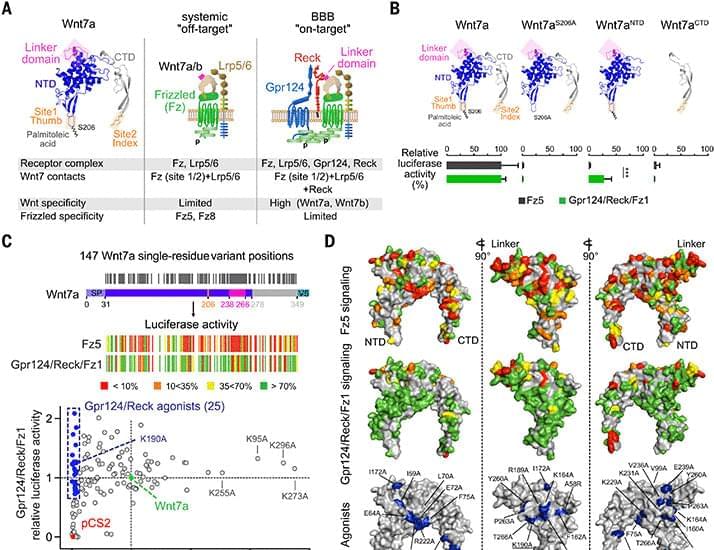Decades of research has shown that limits on calorie intake by flies, worms, and mice can enhance life span in laboratory conditions. But whether such calorie restriction can do the same for humans remains unclear. Now a new study led by Yale researchers confirms the health benefits of moderate calorie restrictions in humans — and identifies a key protein that could be harnessed to extend health in humans.
The findings were published on February 10, 2022, in Science.
The research was based on results from the Comprehensive Assessment of Long-term Effects of Reducing Intake of Energy (CALERIE) clinical trial, the first controlled study of calorie restriction in healthy humans. For the trial, researchers first established baseline calorie intake among more than 200 study participants. The researchers then asked a share of those participants to reduce their calorie intake by 14% while the rest continued to eat as usual, and analyzed the long-term health effects of calorie restriction over the next two years.









